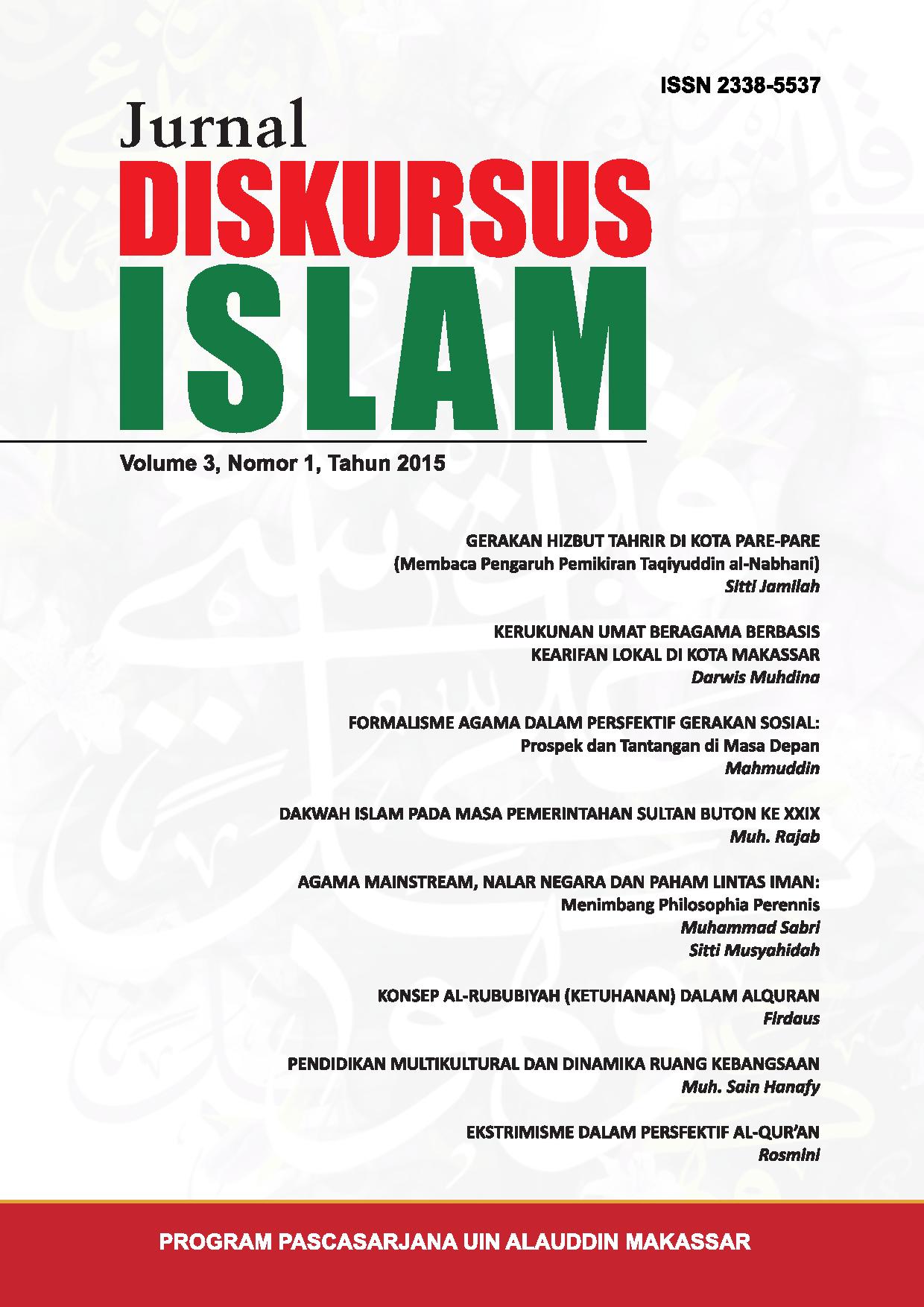Analisis Usability Website Repository UPT Perpustakaan Universitas Islam Negeri Datokarama Palu
Abstract
Penelitian ini bertujuan untuk mengevaluasi tingkat usability website repository UPT Perpustakaan UIN Datokarama Palu berdasarkan model Nielsen. Evaluasi dilakukan melalui lima aspek usability: learnability, efficiency, memorability, error prevention, dan satisfaction. Menggunakan pendekatan kuantitatif dengan metode deskriptif, penelitian ini melibatkan 99 responden mahasiswa S1 yang dipilih melalui teknik accidental random sampling. Pengumpulan data dilakukan menggunakan kuesioner berbasis Google Form dengan skala Likert, dan dianalisis menggunakan uji validitas Pearson Product Moment serta uji reliabilitas Alpha Cronbach. Hasil penelitian menunjukkan bahwa website repository memiliki tingkat usability yang sangat tinggi pada seluruh aspek yang dievaluasi. Aspek learnability menunjukkan kemudahan pemahaman bahasa dan konsistensi tampilan, efficiency memperlihatkan kemudahan akses fitur dan penggunaan sistem, memorability menunjukkan tata letak menu yang mudah diingat, error prevention menampilkan sistem pencegahan kesalahan yang efektif, dan satisfaction menunjukkan kepuasan pengguna terhadap tampilan dan panduan penggunaan. Temuan ini mengindikasikan bahwa website repository telah memenuhi standar usability yang baik dalam mendukung kebutuhan akses informasi akademik. Penelitian ini merekomendasikan pengembangan fitur tambahan seperti personalisasi tampilan dan sistem navigasi adaptif untuk meningkatkan pengalaman pengguna dalam mengakses sumber daya digital perpustakaan.
References
Agustiawan. Buku Pedoman Pengelolaan Repository Institusi Di UPT Perpustakaan ISI Yogyakarta. Yogyakarta: UPT Perpustakaan ISI Yogyakarta, 2016. Accessed February 4, 2023. http://lib.isi.ac.id.
Garrett, Jesse James. The Elements of User Experience: User-Centered Design for the Web. Indianapolis, Ind: Peachpit Pr, 2002.
Hak;, Ihsan rolis; Ade Abdul. “Analisis Pemanfaatan Institutional Repository Oleh Mahasiswa UIN Syarif Hidayatullah Jakarta.” Jakarta, Fakultas Adab dan Humaniora UIN Syarif Hidayatullah, 2016. Accessed February 4, 2023. opac.fah.uinjkt.ac.id/index.php?p=show_detail&id=11576&keywords=.
Hartawan, Muhammad Syarif. “Analisis User Experience Untuk User Interface Pada Website Fortis.Id.” Jurnal ESIT (E-Bisnis, Sistem Informasi, Teknologi Informasi) 14, no. 1 (2019). Accessed February 4, 2023. https://openjournal.unpam.ac.id/index.php/ESIT/article/view/15478.
Hassenzahl, Marc. Experience Design: Technology for All the Right Reasons. Synthesis Lectures on Human-Centered Informatics. Cham: Springer International Publishing, 2010. Accessed February 4, 2023. https://link.springer.com/10.1007/978-3-031-02191-6.
Hidayat, Rahmat. Cara Praktis Membangun Website Gratis. Jakarta: Elex Media Komputindo, 2010. https://books.google.co.id/books?id=zRq2O7VkNSgC&printsec=frontcover#v=onepage&q&f=false.
Jeffrey Rubin, Dana Chisnell, and Jared Spool. Handbook of Usability Testing: How to Plan, Design, and Conduct Effective Tests. Amerika Serikat: Wiley, 2008. Accessed February 3, 2023. https://www.wiley.com/en-us/Handbook+of+Usability+Testing%3A+How+to+Plan%2C+Design%2C+and+Conduct+Effective+Tests%2C+2nd+Edition-p-9780470185483.
Mustikaningtyas, Bella Aulia, Mochamad Chandra Saputra, and Aryo Pinandito. “Analisis Usability Pada Website Universitas Brawijaya Dengan Heuristic Evaluation.” Jurnal Teknologi Informasi dan Ilmu Komputer 3, no. 3 (September 8, 2016): 188–192.
Nielsen, J. Heuristic Evaluation. In J. Nielsen, & R. L. Mack (Eds.), Usability Inspection Methods. New York: John Wiley & Sons, 1994. http://dl.acm.org/citation.cfm?id=189200.189209.
Norman, Don. The Design of Everyday Things: Revised and Expanded Edition. Revised edition. Cambridge (Mass.): Basic Books, 2013.
Pamela Bluh, Cindy Hepfer, Greg Tananbaum, Marisa Ramirez, Michael D. Miller, Allison Sivak, Leah Vanderjagt, et al. The Institutional Repository: Benefits and Challenges. Chicago: Core, 2013. Accessed February 3, 2023. https://alastore.ala.org/content/institutional-repository-benefits-and-challenges-eeditions-pdf-e-book.
Perpustakaan Nasional Republik Indonesia. “Undang-Undang Republik Indonesia Nomor 43 Tahun 2007 Tentang Perpustakaan.” Perpustakaan Indonesia, 2007.
Qibthiyyah, Mariatul, and Mahmudah Mahmudah. “Usability Dan Kepuasan Mahasiswa Pengguna Repository ULM.” Media Pustakawan 26, no. 4 (December 20, 2019): 293–302.
Reitz, J. M. Dictionary for Library and Information Science. London: Libraries Unlimited, 2004.
Sasrin Juniarti. “Evaluasi Pemanfaatan (Usability) Institutional Repository E-Prints Oleh Mahasiswa UIN Raden Fatah Palembang.” Skripsi, Program Studi Ilmu Perpustakaan, 2019. Accessed February 4, 2023. http://repository.radenfatah.ac.id/4818/.
Shneiderman, Ben, Catherine Plaisant, Maxine Cohen, and Steven Jacobs. Designing the User Interface: Strategies for Effective Human-Computer Interaction. 5th edition. Boston: Pearson, 2009.
Sugiyono. Metode Penelitian & Pengembangan Research and Development. Bandung: Alfabeta, 2019.
Copyright (c) 2024 Muh. Mulyadi, Nur Arifin

This work is licensed under a Creative Commons Attribution-ShareAlike 4.0 International License.
Authors who publish with this journal agree to the following terms:
1) Authors retain copyright and grant the journal right of first publication with the work simultaneously licensed under a Creative Commons Attribution License that allows others to share the work with an acknowledgement of the work's authorship and initial publication in this journal.
2) Authors are able to enter into separate, additional contractual arrangements for the non-exclusive distribution of the journal's published version of the work (e.g., post it to an institutional repository or publish it in a book), with an acknowledgement of its initial publication in this journal.
3)Authors are permitted and encouraged to post their work online (e.g., in institutional repositories or on their website) prior to and during the submission process, as it can lead to productive exchanges, as well as earlier and greater citation of published work (See The Effect of Open Access).








